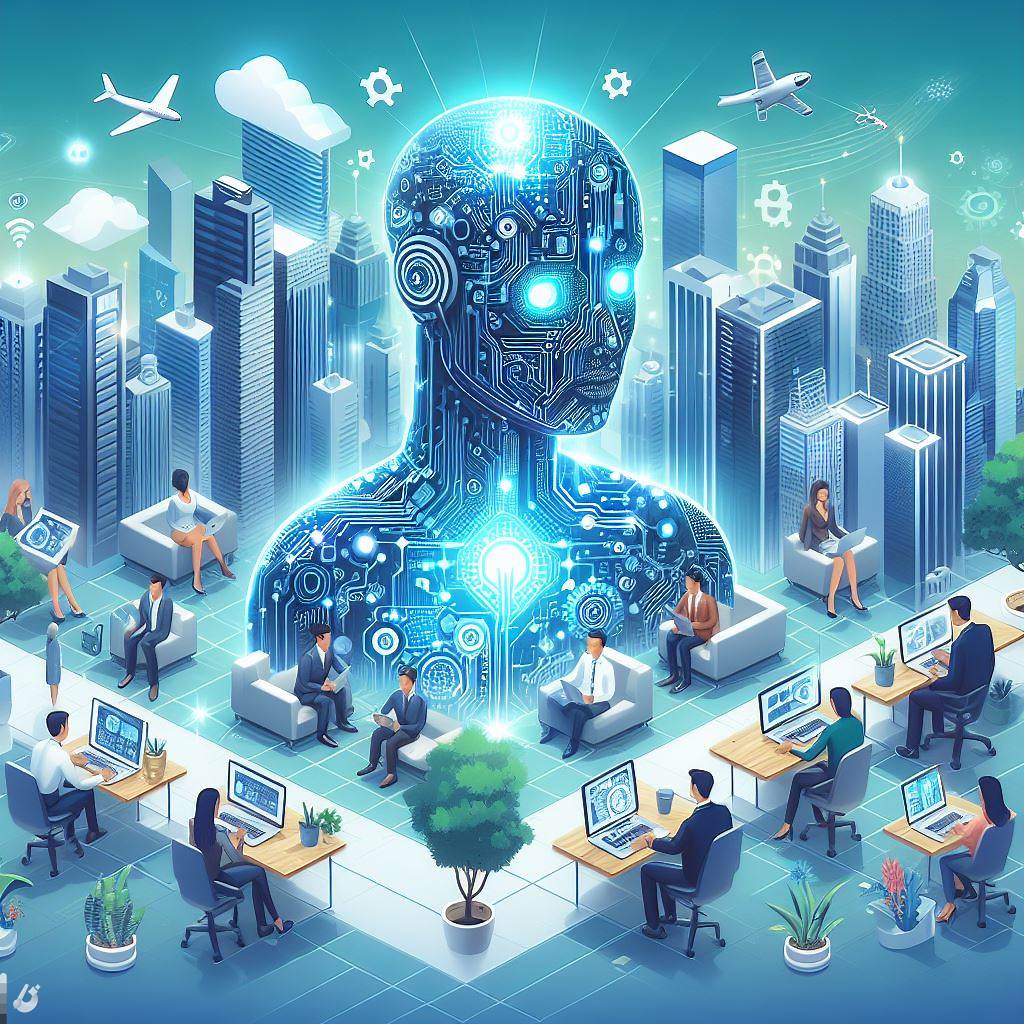
The AI Summit New York recently drew record-breaking crowds, showcasing the intense interest and enthusiasm surrounding Generative AI within the tech community. As developers, data scientists, and business leaders grapple with the possibilities of this transformative technology, several key takeaways emerged from the event.
1. The Inevitable Rise of Generative AI: A Universal Shift in the Next Decade
Industry experts from OpenAI, Meta, and AWS predict that within the next ten years, generative AI will become ubiquitous across all companies. Adam Goldberg from OpenAI anticipates a 100% adoption rate, emphasizing the transformative impact on organizations. As Salman Taherian of AWS points out, generative AI is set to capture a third of the projected $3 trillion spending on AI over the next four years. The trends include smaller, more efficient models, industry-specific customization, and the combined use of multiple large language models (LLMs).
2. The Copilot Phase: Navigating Risks in Generative AI Implementation
Despite the excitement surrounding generative AI, there remains a cautious approach, especially in heavily regulated industries like finance. Top leaders express a "confidence problem" in the use of large language models due to security, copyright, and hallucination risks. Gaurav Dhama of Mastercard envisions generative AI staying in the "copilot" stage for a while, assisting humans rather than operating autonomously. Careful consideration and higher skill levels among programmers are deemed essential, especially when applied to critical tasks like coding.
3. Multimodal Models: The Next Frontier in Generative AI
Kanika Narang of Meta highlights the imminent shift towards multimodality in generative AI. This involves aligning different modalities, such as images, videos, audio, and language during pre-training. The applications are vast, ranging from visual question-answering to enhanced healthcare diagnostics through holistic patient reporting and medical imaging analysis.
4. Diversifying Models: A Lesson from OpenAI's Drama
The recent events surrounding OpenAI's CEO, Sam Altman, underscore the importance of relying on multiple models to avoid overdependence on a single company. Lucinda Linde of Ironside notes that 95% of generative AI code currently uses OpenAI's technology. The upcoming GPT store, akin to an app store for custom ChatGPT versions, aims to diversify options and democratize AI development.
5. Early Safeguards and Responsibility in AI Adoption
Companies are taking proactive measures, involving legal and communication teams early in AI projects to address risks and potential PR fallout. Salman Taherian of AWS emphasizes that these safeguards start as early as the proof of concept stage, marking a departure from previous technological revolutions. Meta's responsible AI practices, exemplified by the four Llama models, showcase a commitment to safety and performance in AI outputs.
In essence, the AI Summit New York not only unveiled the exciting prospects of Generative AI but also shed light on the challenges and precautions necessary for its responsible integration into various industries. The coming years are poised to witness a paradigm shift as businesses navigate the evolving landscape of artificial intelligence.